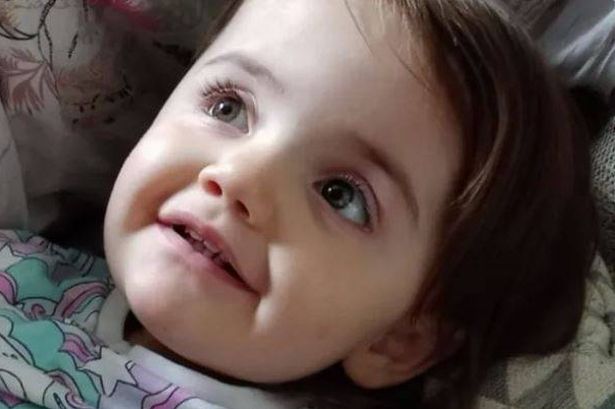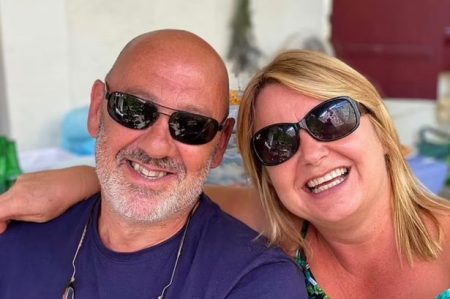Eleanor Aldred-Owen’s short life was tragically marked by a congenital condition known as bicoronal craniosynostosis, diagnosed at just 12 weeks old, and ultimately cut short by the gross neglect she suffered at Alder Hey Children’s Hospital in Liverpool. Bicoronal craniosynostosis, a condition where the coronal sutures in the skull fuse prematurely, can impede brain growth and lead to developmental issues. While early diagnosis and surgical intervention can significantly improve outcomes, Eleanor’s case highlights a devastating failure in the provision of appropriate medical care. The hospital’s negligence, acknowledged in a formal inquest, not only contributed to her suffering but also directly led to her untimely death, leaving her family with the unbearable burden of grief and the unanswered question of what could have been.
Eleanor’s diagnosis of bicoronal craniosynostosis meant that the sutures running along the sides of her head, from ear to ear, had closed too early. This premature fusion restricted the normal expansion of the skull necessary to accommodate the developing brain. The consequences of untreated craniosynostosis can be severe, including increased intracranial pressure, developmental delays, and potential neurological damage. Surgical intervention, typically performed in infancy, involves separating the fused bones to allow for continued brain growth and alleviate pressure. While such surgeries carry inherent risks, early intervention greatly improves the chances of a positive outcome and enables the child to reach their full developmental potential. Eleanor’s case underscores the critical importance of timely and appropriate medical intervention in managing this complex condition.
The circumstances surrounding Eleanor’s death reveal a pattern of systemic failures within Alder Hey Hospital. The inquest into her death highlighted a series of missed opportunities, inadequate monitoring, and a shocking lack of communication between medical staff. Crucial warning signs, indicators of her deteriorating condition, were overlooked or dismissed. The prescribed medication regimen was not consistently administered, and proper post-operative care was lacking. These failures, compounded by a failure to escalate concerns and seek expert consultation, ultimately created an environment where Eleanor’s condition spiralled out of control, leading to her tragic and preventable death. The inquest’s findings painted a damning picture of inadequate staffing, insufficient training, and a pervasive culture of complacency within the hospital.
The impact of Alder Hey’s negligence on Eleanor’s family was immeasurable. They placed their trust in the institution, believing that their daughter would receive the best possible care. Instead, they witnessed a catalogue of errors that ultimately cost Eleanor her life. The inquest findings, while offering a degree of closure, also served to deepen their pain and solidify the sense of injustice. They were left to grapple not only with the grief of losing their child but also with the knowledge that her death could and should have been prevented. The family’s struggle for justice and accountability became a testament to their unwavering love for Eleanor and their determination to prevent similar tragedies from occurring in the future.
The case of Eleanor Aldred-Owen served as a stark reminder of the vulnerability of children in the healthcare system and the devastating consequences of medical negligence. It exposed systemic weaknesses within Alder Hey Hospital and highlighted the urgent need for improved standards of care, increased accountability, and enhanced communication within medical teams. The inquest’s recommendations, aimed at preventing future tragedies, focused on strengthening protocols for managing complex conditions, improving staff training, and fostering a culture of open communication and escalation of concerns. Eleanor’s story became a catalyst for change, prompting a critical examination of pediatric healthcare practices and a renewed commitment to patient safety.
Eleanor’s legacy extends beyond the tragic circumstances of her death. Her story has become a symbol of the ongoing fight for patient safety and the importance of holding healthcare institutions accountable. It serves as a poignant reminder of the need for continuous improvement in medical practices and the unwavering commitment to providing the highest quality of care for all children. The changes implemented in the wake of her death, though they cannot bring her back, are a testament to the enduring power of her story and the determination of her family to ensure that no other child suffers a similar fate. Eleanor’s short life, though marked by tragedy, has left a lasting impact on the landscape of pediatric healthcare, prompting vital reforms and fostering a renewed focus on patient safety and well-being.














